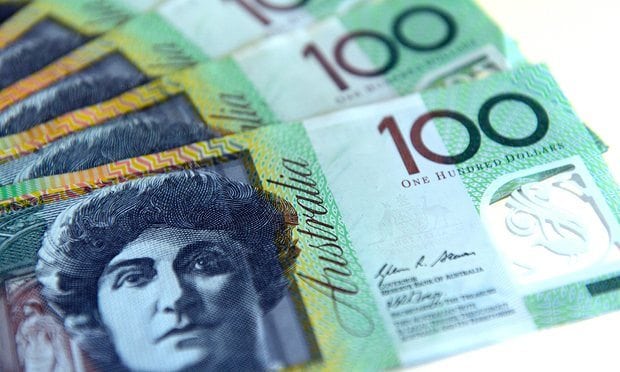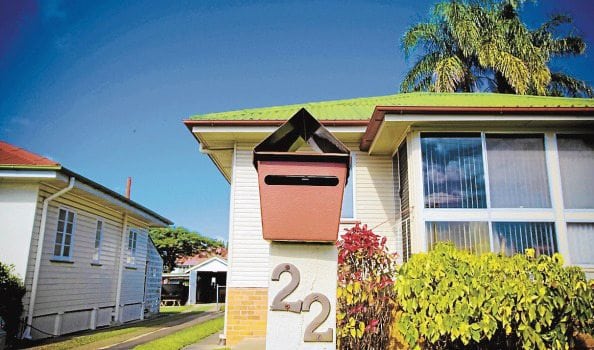Super funds return 2.9%
Superannuation funds have returned an average of 2.9% for the 12 months to 30th June as measured by the SelectingSuper workplace default option MySuper Index, propped up by property and fixed income.
The SelectingSuper workplace default option MySuper Index showed a negative 0.9% monthly return in June.
However, combined with the positive return in the period March to May, the rolling 12-month performance for the 2015-16 financial year was a positive 2.9%.
The monthly fall in superannuation performance in June was driven by a fall in both Australian and international equities. The negative return for super funds in the latest month comes at the end of a period of relatively volatile returns in the first six months of the 2016 calendar year.
The positive 2.9% performance for funds in the 2015-16 financial year, although lower than prior years, was nearly 2% above inflation for the period.
The performance over multi-year time periods benefits from the positive impact of high returns in the years 2013-15. Reflecting this, three-year rolling MySuper returns are 8.3%pa and five-year returns are 8.1%pa. The longer term 10-year return is a more modest 5.2%pa although this period incorporates the full effect of the GFC and is overlaid by a lower inflation environment.
On an annual basis, Australian equities, often the largest asset class in many balanced funds, positively contributed a 0.6% return as the market has progressively drifted down since early 2015. The contribution of international equities has been a positive 0.4%, although this impact has been muted by many funds through hedging inbuilt within their portfolios.
Property has continued to provide a significant positive impact on fund investment outcomes with the listed property sector having a positive 24.5% return in the 12-months to end June. To further highlight the positive impact buffering that property has had on superannuation returns, the three-year average return to June 2016 from listed property is 18.5%.
Over the year ended June 2016, the fixed interest index return was a strong 7%, although, on average, fixed income portfolios within superannuation funds underperformed this index. Meanwhile, cash returned a modest 2.3% over the same period.
In net terms, this means funds with relatively high exposure to Australian equities and international equities underperformed in the 12 months to end April. Similarly funds with relatively larger holdings in property and potentially fixed interest outperformed in the period.
Regarding the market segments, the gap between not-for-profit (NFP) funds and retail funds within the Workplace sector continues. The 12-month return gap is now 120 basis points in favour of NFP funds. The long-term five-year segment gap is 30 basis points in favour of NFP funds.
[via the Financial Standard]



